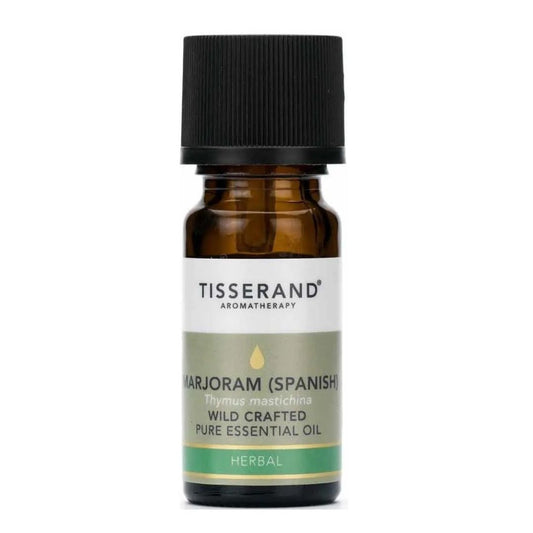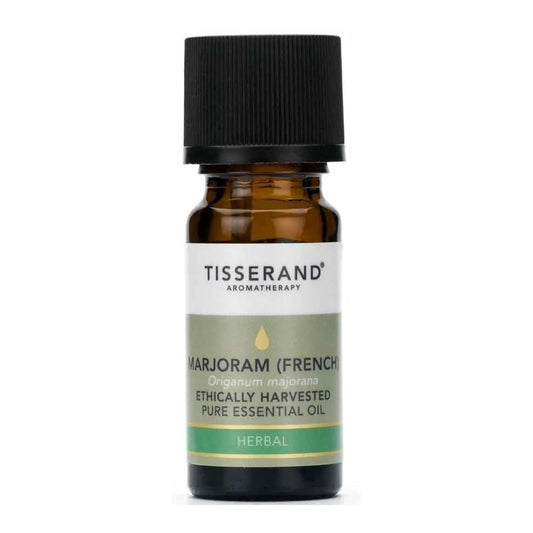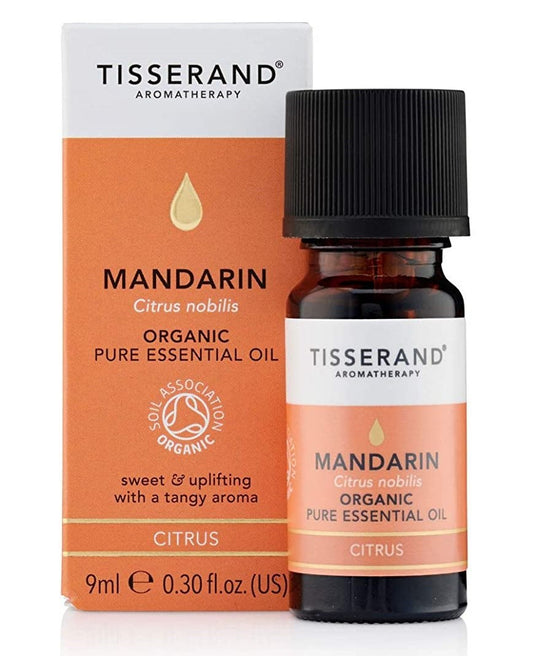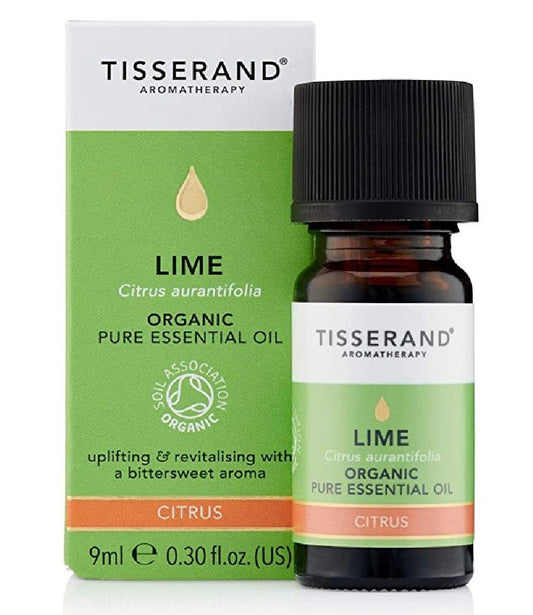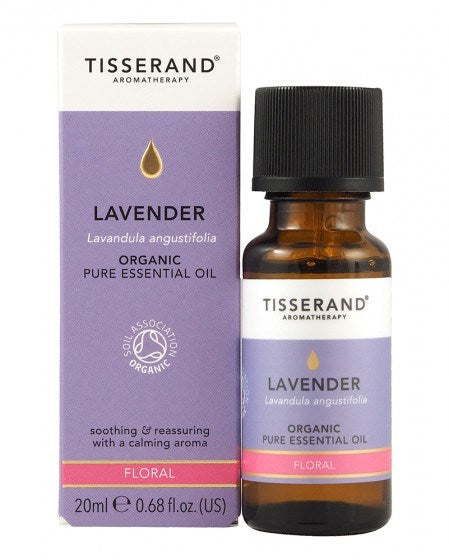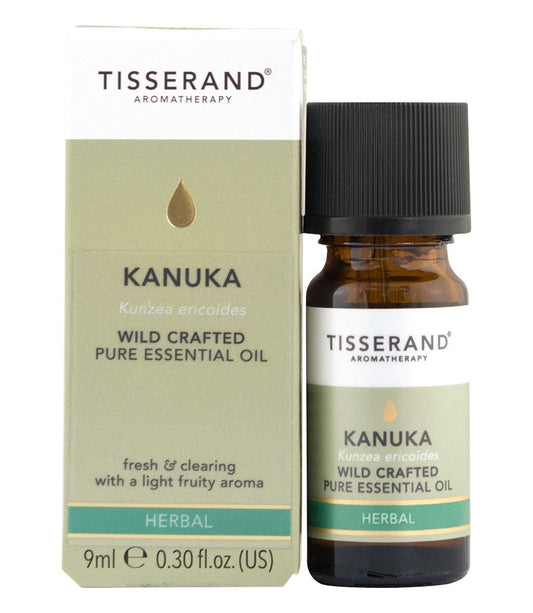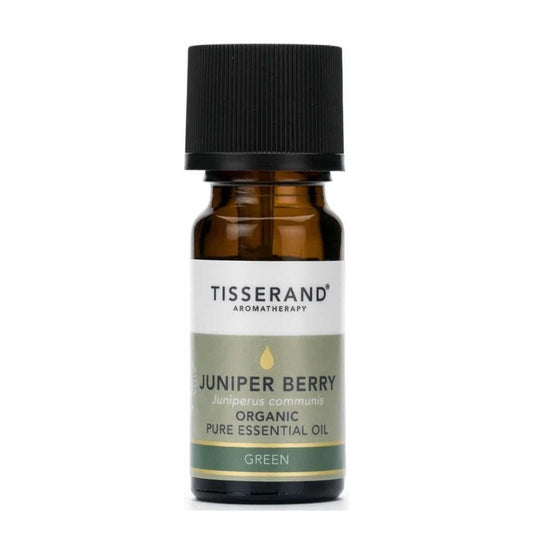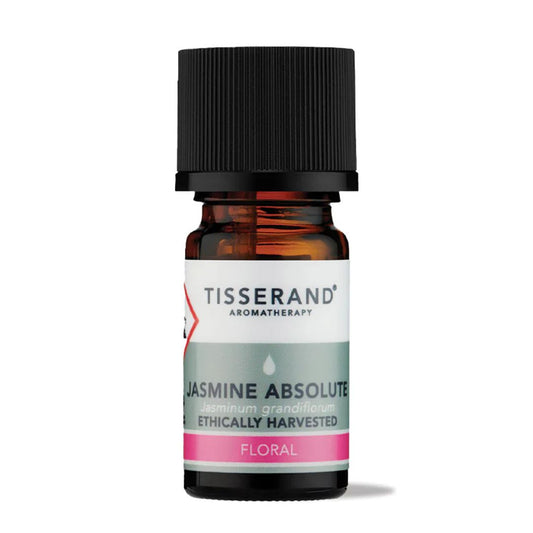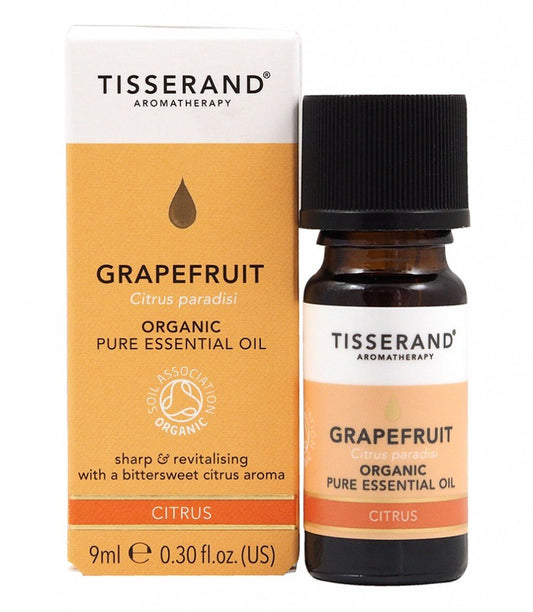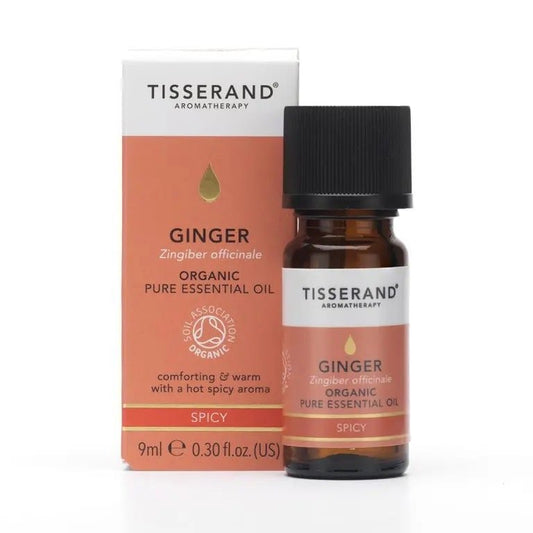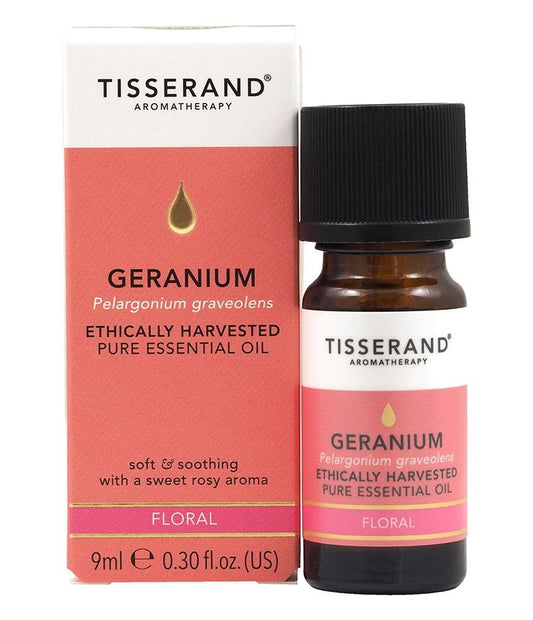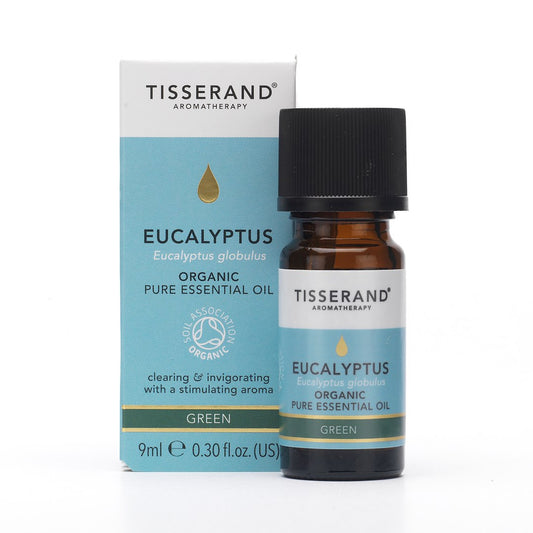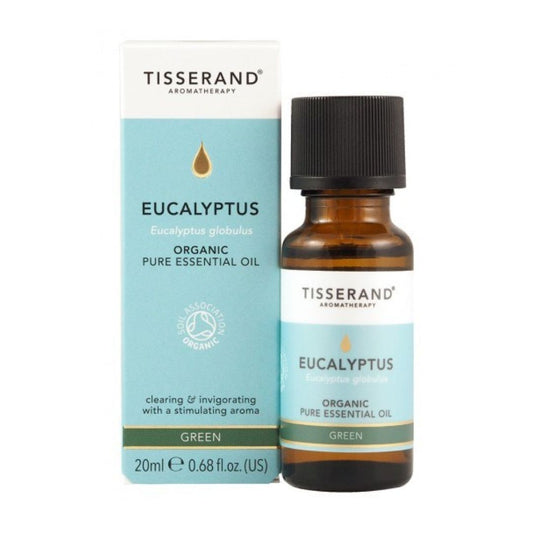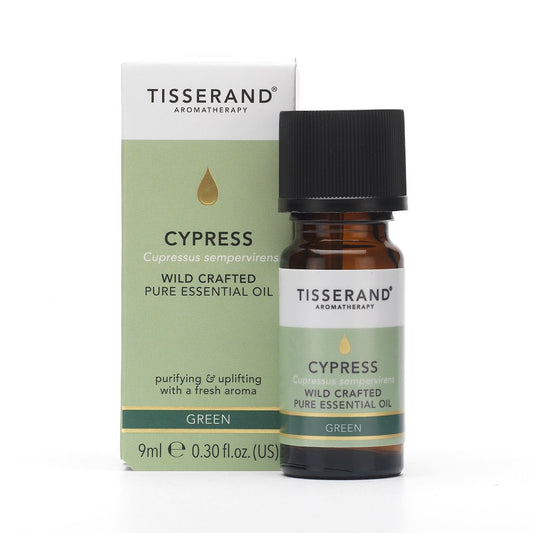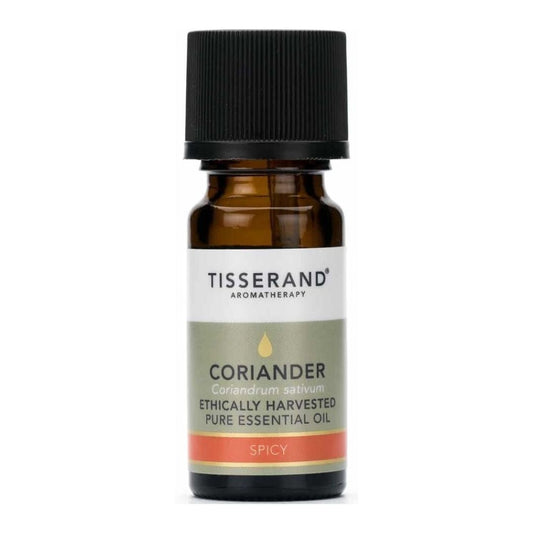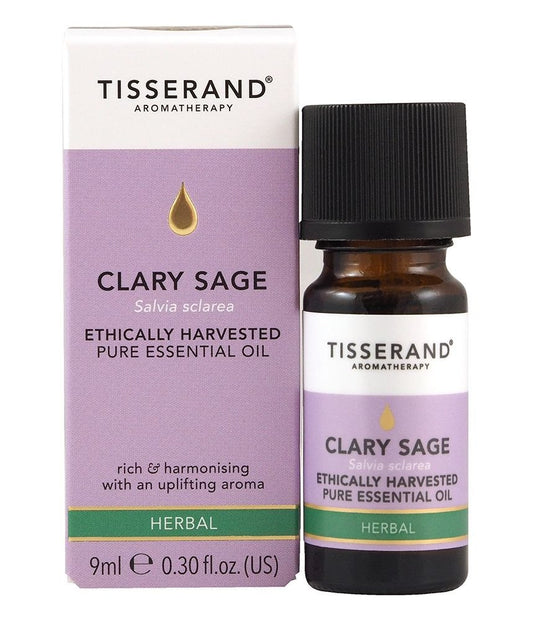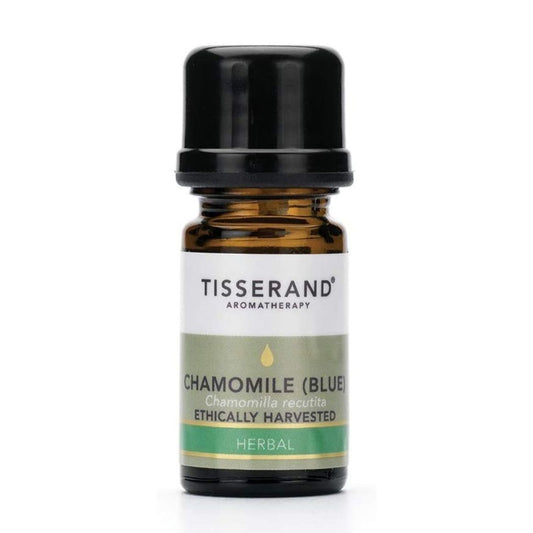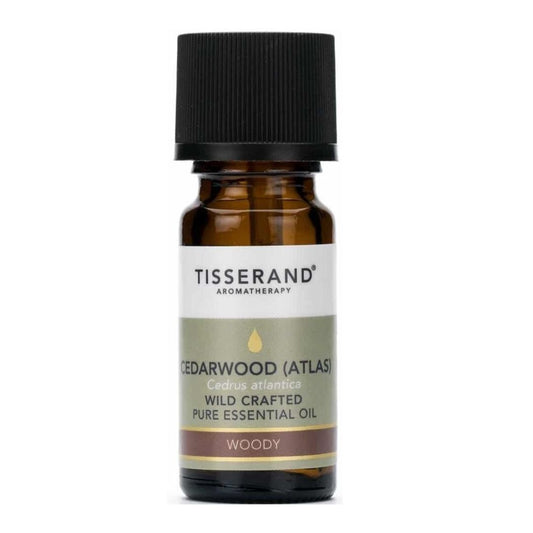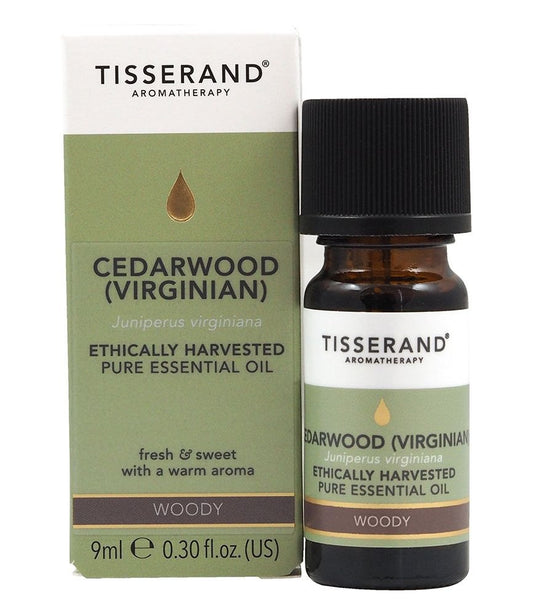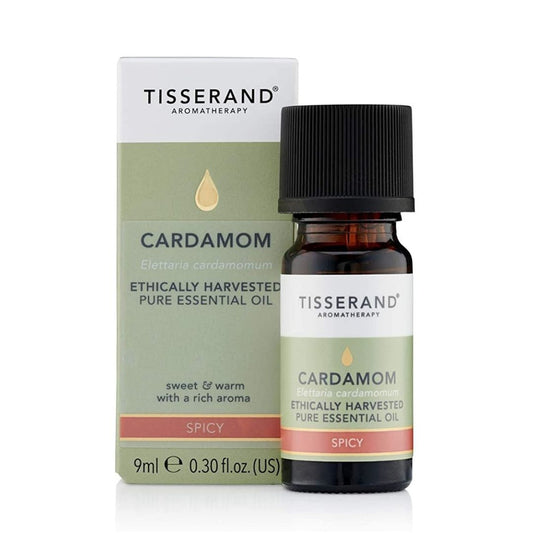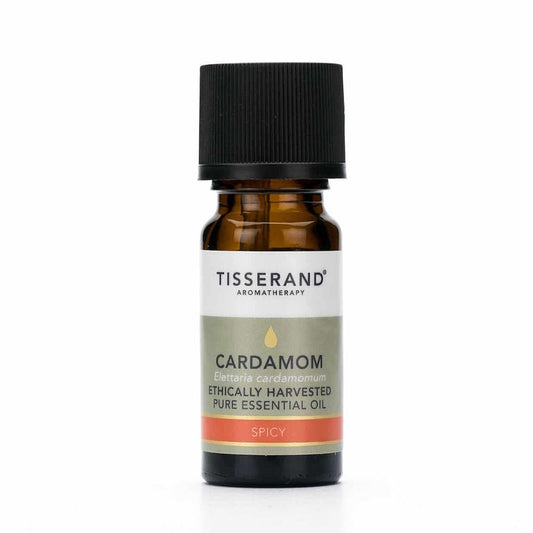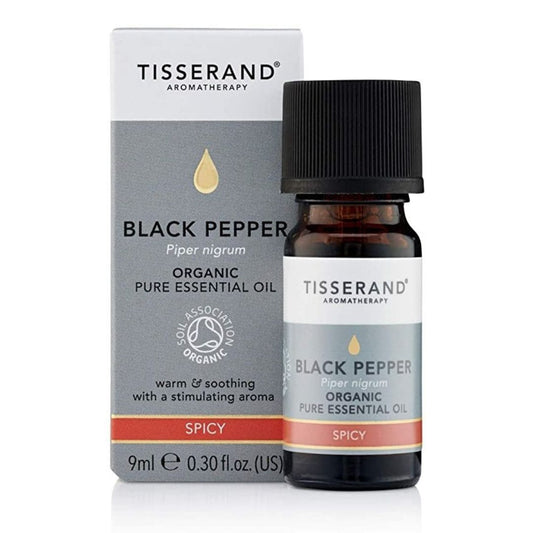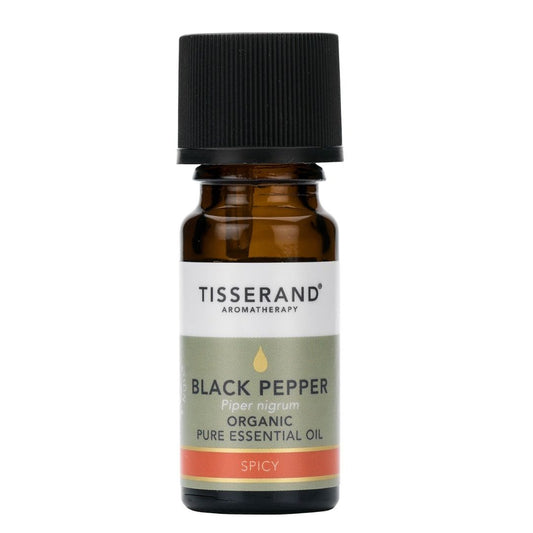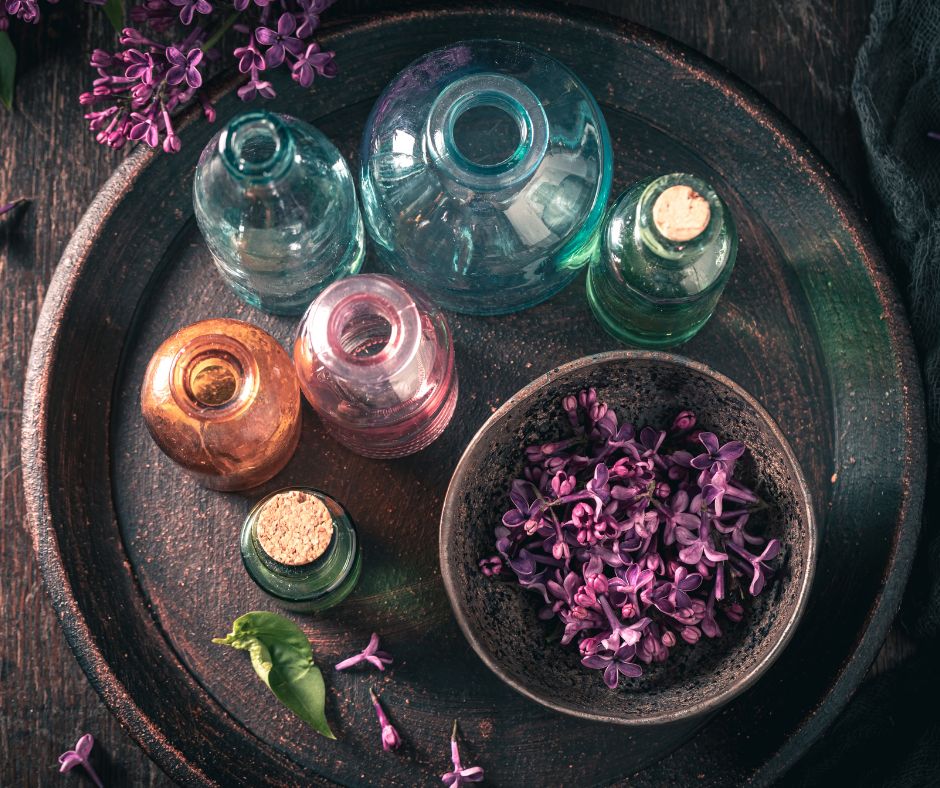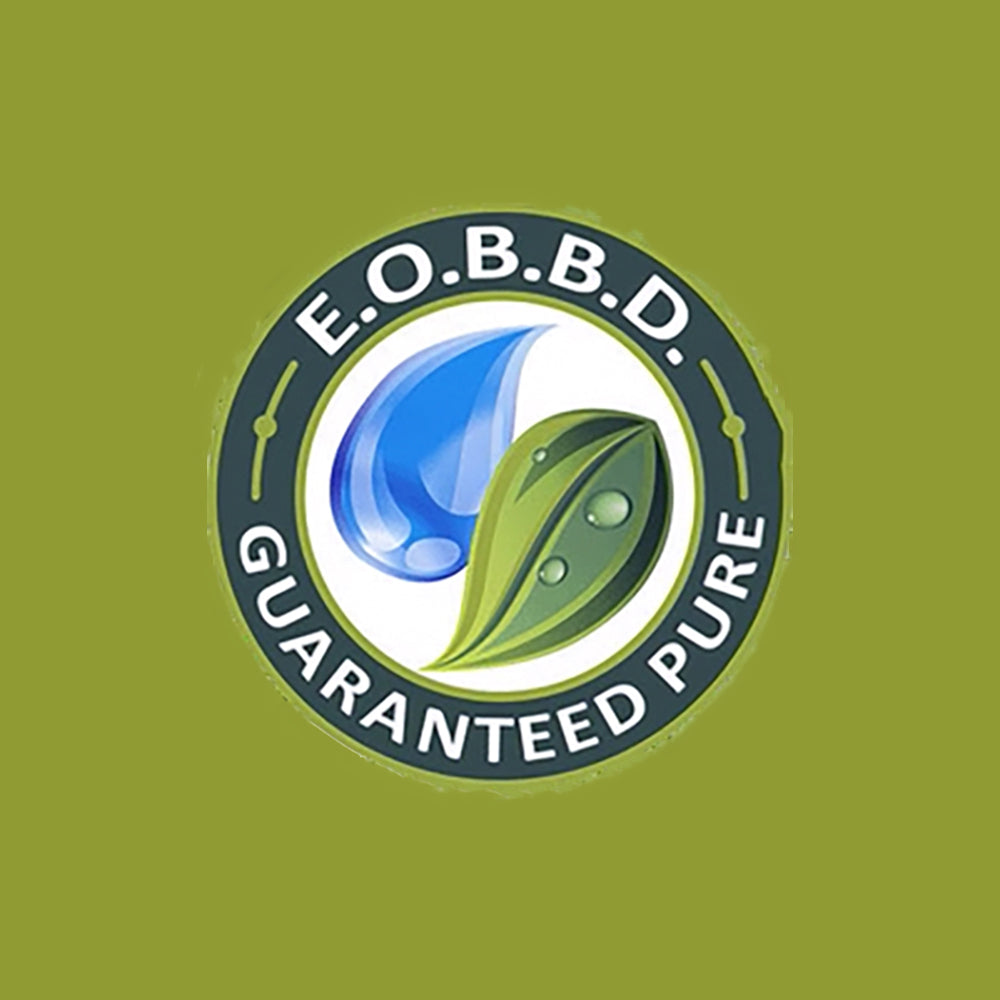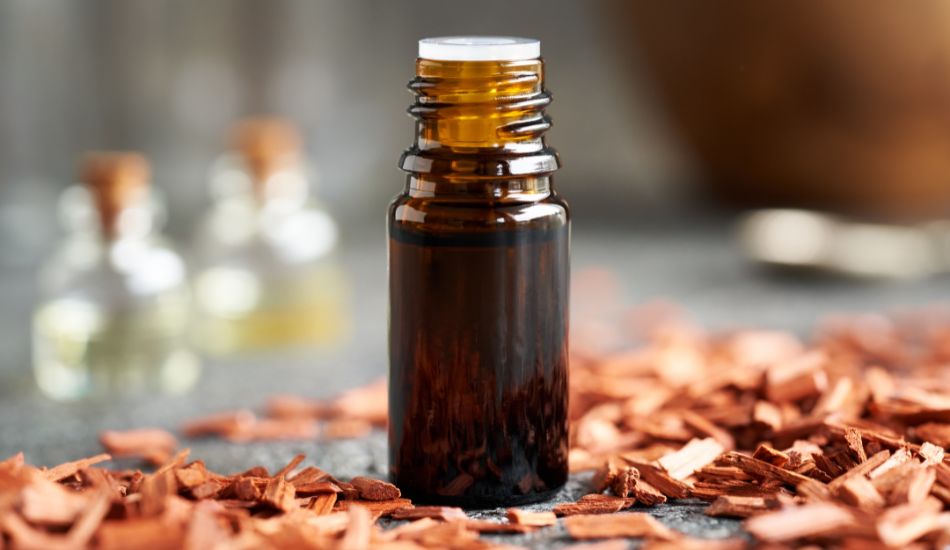
How to identify genuine essential oil from a counterfeit
Share
Essential oils are very popular, and for good reason. Their demand has increased a lot in recent years, which in turn means a varied market situation. Oils of many qualities are available; in addition to genuine oils, some are pure counterfeits and some are impure diluted versions. Counterfeiting and dilution affect the quality and effectiveness of essential oils. You probably want to pay for genuine properties and guaranteed pure products, not something approximate.
In this article, you will find an easy checklist of the most common ways essential oils are counterfeited and, on the other hand, how to recognize a genuine essential oil from a counterfeit.
PACKAGING
Essential oils are sensitive to light and especially to the sun. They are always packaged in dark glass bottles, which helps them maintain their quality longer and better. There are several reasons for this.
1. Protection from UV radiation
Sunlight, especially UV radiation, can break down and alter the chemical composition of essential oils. This process, known as photodegradation, can reduce the oil's effectiveness and, among other things, change its scent and composition. Dark glass, often brown or blue, prevents most UV radiation from entering the bottle.
2. Extends shelf life
When light cannot affect the product, its shelf life is extended. This is especially important for pure, undiluted essential oils, which can spoil, become rancid, or lose their therapeutic properties over time.
3. Aesthetics and practicality
Dark glass signals quality and protection, but many manufacturers choose it especially for practical reasons. It helps to store and transport products safely in various conditions.
When stored at home, essential oils should always be kept tightly closed, away from heat and in a place protected from light, even if they are in a dark glass bottle. This maximizes shelf life and quality.
If you see them in clear bottles or plastic bottles, alarm bells should start ringing. That is not a good way to store essential oils.
PRODUCT DESCRIPTION
Check the ingredient list. Genuine essential oil is 100% itself. Blends, such as Fleurance Nature's Relax and Anti-Odour, contain several essential oils. If the product description of the essential oil includes anything other than plant essential oils (for example, tar, birch extract, not to mention numeric codes and hard-to-pronounce labels), it is not genuine essential oil.
Some products may misleadingly state "contains genuine 100% essential oil," but if other substances have been added to the oil, it is not genuine essential oil. It may then be a fragrance oil. Such labels are often seen, for example, in sauna scents, where essential oil may be just one ingredient among many others.
PRICE
Essential oils come at different prices, and the price is influenced by the cost of the raw material used. A huge amount of the target plant is used for one bottle of essential oil. When comparing prices, be careful not to fall for a "particularly cheap" offer. An essential oil that is clearly cheaper than the general standard may very well be a cheap copy.
LATIN NAME
The Latin name of the target plant is indicated in the essential oil's product description/label. Essential oil always comes from a genuine plant, and therefore plants are marked with their Latin names. Different plants have different effects, so it is extremely important to know exactly which plant is involved.
If the oil does not have a Latin name, it is very likely a counterfeit.
STANDARDIZED PROCESSES
Check that the essential oil is produced using a standardized process. This ensures the manufacturer's intention to produce consistent and pure essential oil. For example, the multi-step and precise process used by Fleurance Nature is described throughout our pages.
RELIABLE SELLER
Not everything can produce essential oil. If you see oil made from strawberries, apples, mangoes, or bananas, it is not essential oil. In such cases, the product is a plant extract or fragrance oil. However, not all fruits are impossible sources of essential oil. For example, citrus fruits are well suited as sources of essential oils and have wonderful properties.
If you see oils made from the plants mentioned above being sold in a store's selection and marketed according to their essential properties, it indicates a lack of expertise. Approach such cases with great caution.
If the seller can demonstrate the traceability of the oil's origin, you can be at ease. There are many instructions for home testing the authenticity of essential oils, such as the classic stain test, but do not trust them blindly. They do not automatically work for all oils as is, since depending on the target plant, for example, the stain or color left by the oils varies.
----------------------------
READ MORE ABOUT ESSENTIAL OILS:
The relaxing magic of the sauna - essential oils as part of the steam moment

